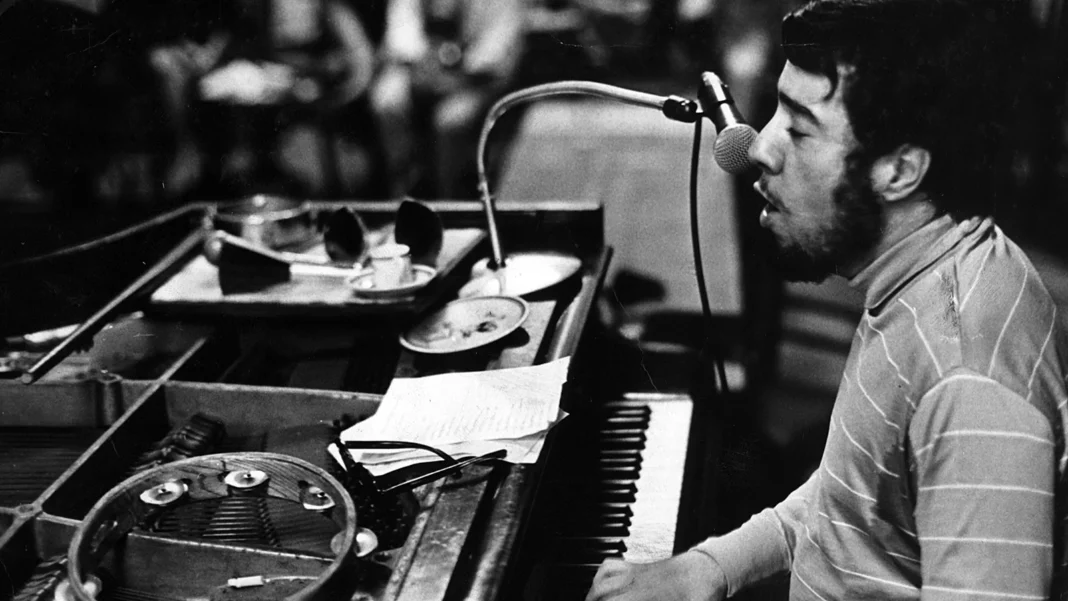Sérgio Mendes, born on February 11, 1941, in Niterói, Brazil, became one of the most influential musicians of the 20th and 21st centuries. His career, which spanned over six decades, was marked by a unique fusion of bossa nova, samba, and pop music. Mendes not only brought Brazilian music to the global stage but also paved the way for future generations of artists to experiment with different musical styles.
The start of a legendary career
Mendes grew up during the golden age of Brazilian music. In the 1950s, he became captivated by the emerging bossa nova style, which blended jazz with samba to create a refined, rhythmic sound. As a talented pianist, Mendes quickly made a name for himself in the Brazilian music scene, collaborating with icons like Antonio Carlos Jobim and João Gilberto.
His first steps into the international music scene came in the early 1960s. In 1964, he recorded his first album, “Dance Moderno.” Around the same time, Mendes moved to the United States, where his music began to gain more attention.
Breakthrough with Brasil ’66
Mendes’ true breakthrough came in 1966 when he formed the group Brasil ’66. This group combined bossa nova with American pop music, resulting in a fresh and innovative sound. Their debut album, “Herb Alpert Presents Sergio Mendes & Brasil ’66,” became a worldwide success. The hit “Mas Que Nada,” an energetic blend of samba and pop, became an international sensation. This song cemented Mendes’ place in music history and remains one of his most iconic tracks.
With Brasil ’66, Mendes released several successful albums, including “Equinox” and “Look Around,” both of which charted well in the United States. The group appeared on prestigious shows like The Ed Sullivan Show and even performed at the wedding of President Richard Nixon’s daughter, Tricia Nixon.
Innovation and collaborations
Throughout his career, Mendes continued to reinvent himself by collaborating with various musical talents. In the 1980s and 1990s, he ventured into new genres like funk and R&B while staying true to his Brazilian roots. His collaborations with artists such as Stevie Wonder and Gilberto Gil led to remarkable results.
One of his standout collaborations in modern times was with the American hip-hop group The Black Eyed Peas. In 2006, Mendes released a new version of “Mas Que Nada,” featuring the group. This energetic and modern take on the classic track introduced Mendes’ music to a new generation of listeners and became a worldwide hit once again.
Recognition and honors
Mendes received numerous accolades for his contributions to music, including multiple Grammy Awards. He is widely regarded as one of the greatest ambassadors of Brazilian music worldwide. His 2006 album “Timeless,” which featured both classic tracks and modern collaborations, highlighted his ability to connect different generations and musical styles.
Final chapter
Sérgio Mendes remained active in the music industry well into his later years. His passion for music and his constant innovation ensured that he stayed relevant despite changes in the music scene. Mendes continued to tour and record music, captivating fans around the world with his unique sound.
On October 25, 2024, Mendes passed away at the age of 83. His death marked the end of an iconic career, but his musical legacy lives on. His influence on both Brazilian and international music is immeasurable. Through his groundbreaking work, Mendes remains an inspiration to both emerging and established musicians worldwide.
Legacy
Sérgio Mendes’ music bridged cultures and generations, and his ability to blend traditional Brazilian rhythms with Western influences made him truly unique. He played a crucial role in popularizing bossa nova around the world, introducing millions to the rich musical traditions of Brazil. His life and work are a lasting testament to the power of music to unite people.
Mendes will always be remembered as a pioneer, a musical bridge-builder, and an icon whose music will resonate for generations to come.




